Our teachers are deeply committed to designing learning experiences that help students of all ages see and live God’s story. This commitment influences every aspect of our classrooms and has implications for how students engage with their learning. This year, we have been focused on enhancing the student experience by implementing various learning protocols. These structured approaches allow students to engage in meaningful interactions, discussions, and reflection, ensuring that every learner is active in the process and can express their own voice. The examples that follow reveal how this is unfolding across grade levels.
In preschool, Mrs. Veldkamp has created intentional opportunities for students to “turn and talk,” encouraging them to develop strong language and listening skills. To ensure success, she took time to model and walk through the protocol with her students, setting clear expectations. This simple practice not only allows children to practice speaking with one another but also gives them the chance to listen actively to a peer’s perspective. The students particularly enjoyed using this strategy to discuss their favorite ice cream flavors!
In first grade, Mrs. Grimm’s students are empowered to take ownership of their learning by regularly self-assessing their progress. At various points within a day, they reflect on how close they are to achieving the learning goal by using a small bullseye on their desk. This reflective process serves as both a quick check for teachers to gauge progress and as a valuable opportunity for students to see learning as a journey, reinforcing the idea that growth is an ongoing process.
In middle school social studies, Mr. DeBlecourt fosters healthy dialogue, where students regularly offer each other warm and cool feedback during class. For example, in World Geography, students began by writing essays in response to the question: "Why should we as Christians learn about the rest of the world?" After sharing their essays with classmates, students provided feedback by answering questions like: What insight or detail from their essay stood out to you? Is there a part of the essay you’d like clarified? How does their response inspire or encourage you as you think ahead to the Good Samaritan Project?
In middle school Bible classes, students were invited to reflect on what they had learned about the life and ministry of Jesus through the Triple C reflection protocol. This protocol encouraged students to think deeply using one of three words: Confront (something that challenged them to think or act differently), Capture (a quality they wanted to embody in their life), or Cement (something they were already doing and wanted to continue). Students then crafted action statements based on their reflections, such as, "Jesus' teaching on forgiveness has challenged me to forgive people who have hurt me and to let go of those past hurts." The lesson concluded with a closing circle in which students shared their key learning moments and personal action statements with the class.
While these may seem like smaller pieces of a much larger learning puzzle, we are incredibly grateful for a staff that is continuously working to improve the way students learn. We also celebrate our students for actively engaging in their learning, reflecting on their growth, and embracing opportunities to participate meaningfully in their learning journey. By using Teaching for Transformation’s essential practices, students are growing in their academic learning and in Christlike character.



